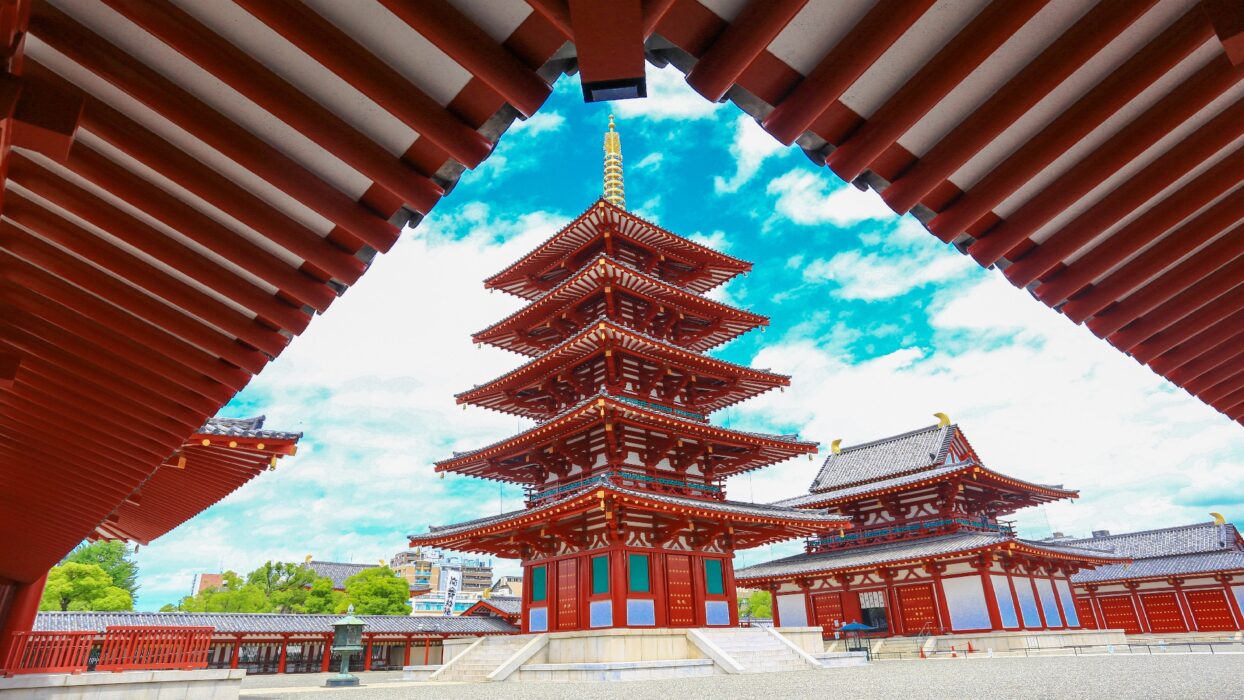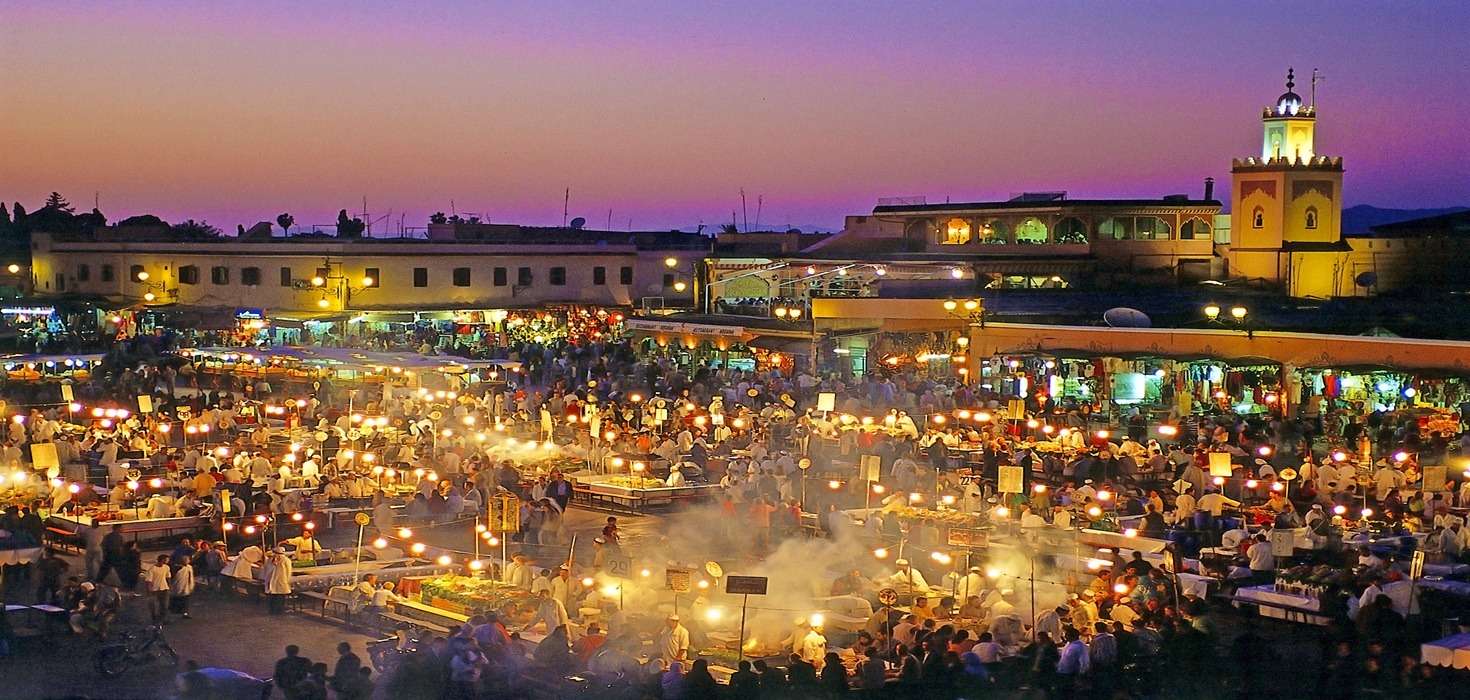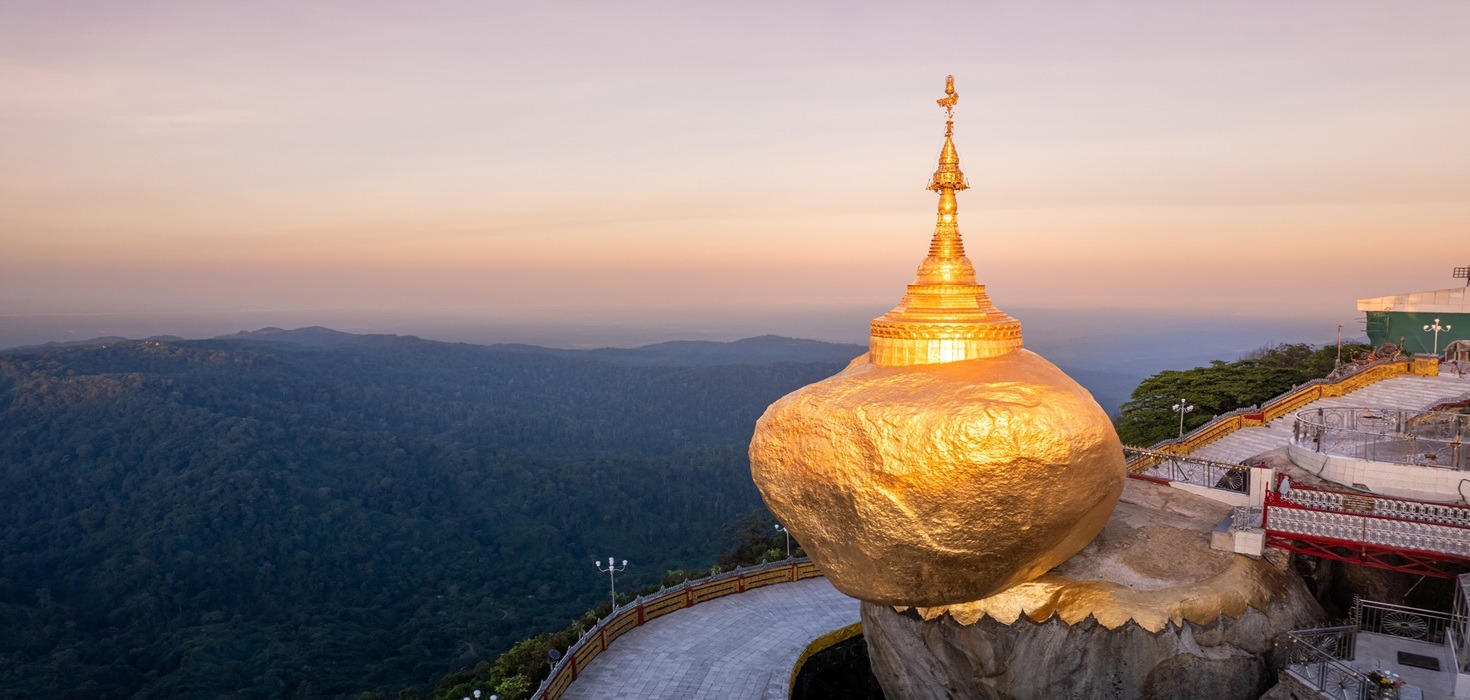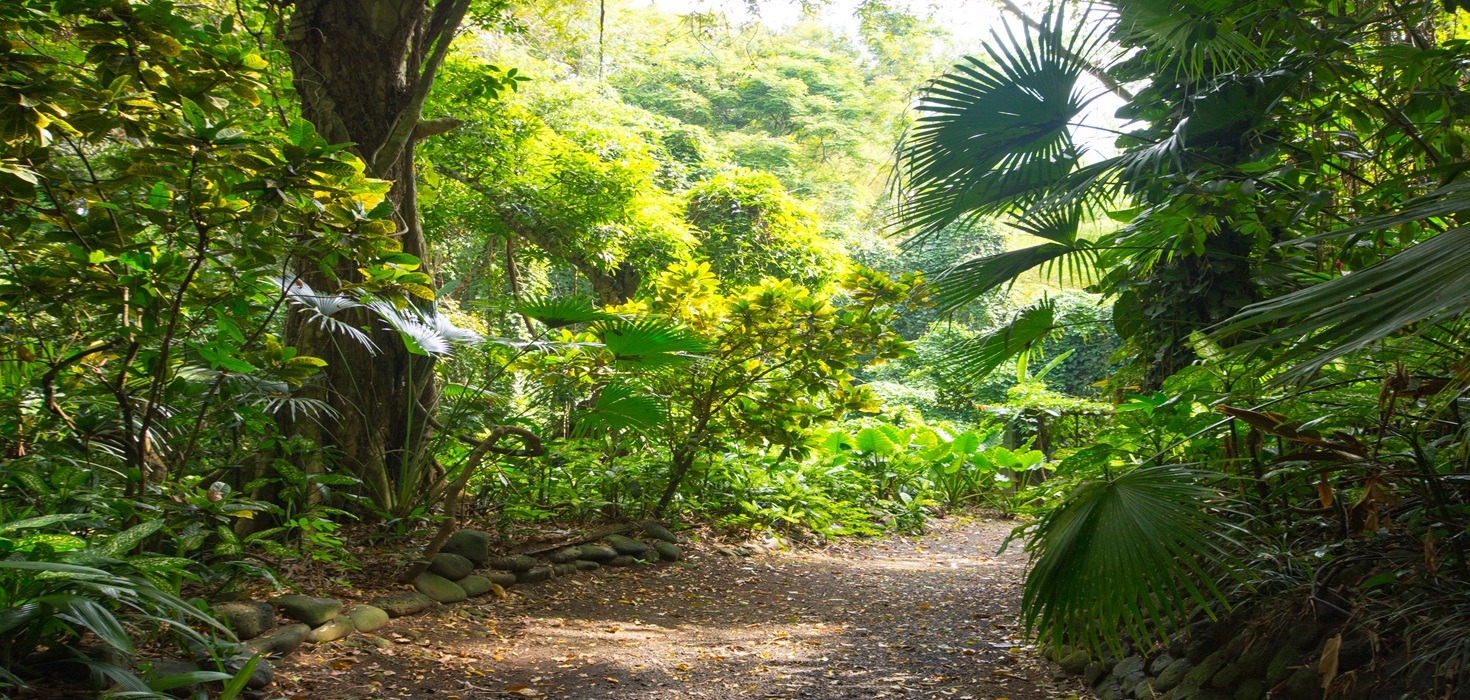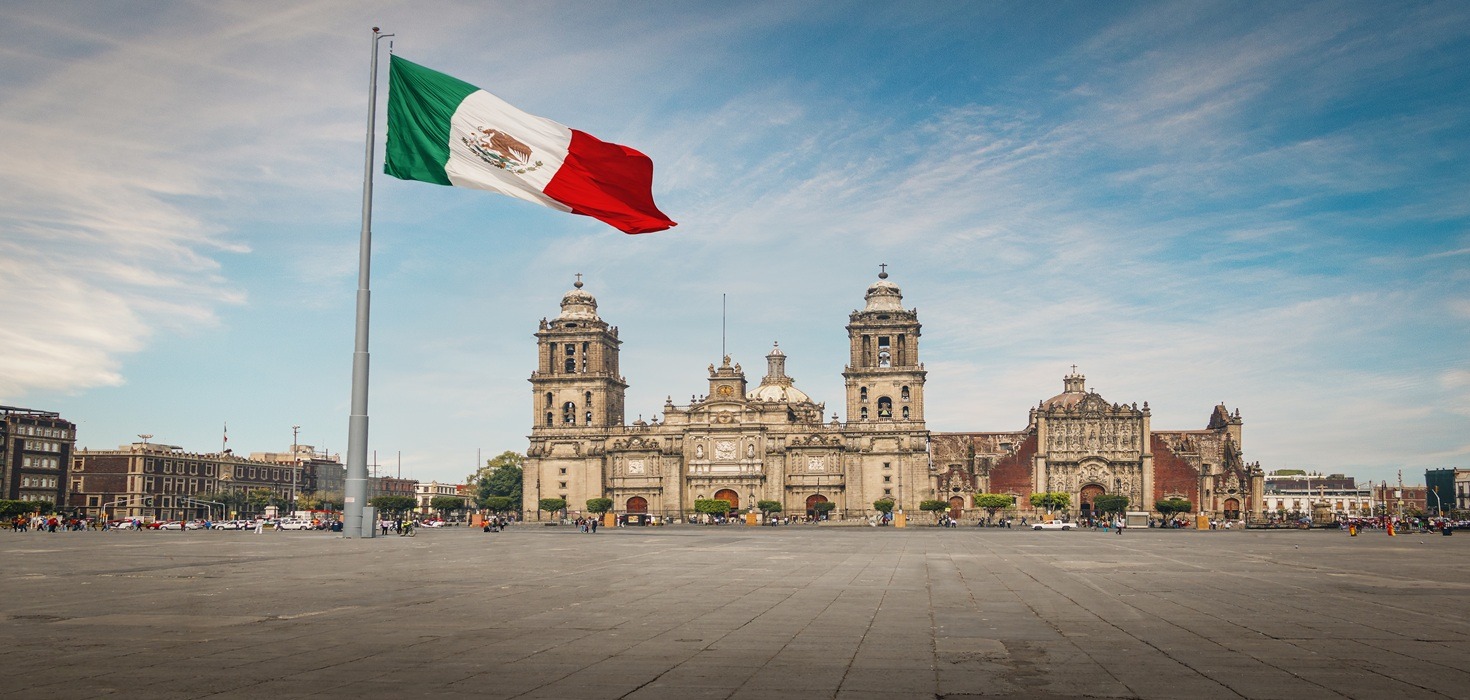Welcome to Kyoto: A Tranquil Oasis of Hot Springs and Hidden Temples
Kyoto, the enchanting heart of Japan, is a treasure trove of serene experiences waiting to be discovered. Known for its stunning temples and lush landscapes, this city offers a unique blend of relaxation and cultural immersion. Among its many charms, the hot springs (or onsen) stand out as a perfect escape from the hustle and bustle of daily life, inviting visitors to unwind in soothing waters while surrounded by nature’s beauty. But that’s not all! Tucked away in the hills and along quiet streets are hidden temples that add a touch of spirituality and history to your journey.
Imagine soaking in a steamy onsen after a day of exploring ancient shrines, the warm water easing your muscles and calming your mind. The combination of rejuvenating hot springs and tranquil temples creates a one-of-a-kind experience that balances relaxation with cultural enrichment. Whether you’re a seasoned traveler or a first-time visitor, Kyoto promises a delightful adventure that nourishes both body and soul.
Discovering the Best Hot Springs in Kyoto: A Soothing Escape
Hot springs have been an integral part of Japanese culture for centuries, serving as places of relaxation, healing, and social gathering. In Kyoto, the best hot springs offer a variety of experiences, from luxurious resorts to quaint local baths. Each onsen has its own unique charm, and many are nestled in picturesque settings that enhance the overall experience.
Among the must-visit hot springs is Kurama Onsen, located in the scenic mountains just a short train ride from the city center. This rustic onsen is famous for its outdoor baths that overlook lush greenery, making it a perfect spot for nature lovers. The soothing mineral waters are said to have healing properties, perfect for rejuvenating after a long day of sightseeing. Kurama Onsen typically operates from 10 AM to 9 PM, and it offers a cozy restaurant where you can enjoy local delicacies.
Another gem is Tenzan-no-yu, a beautifully designed onsen that captures the essence of traditional Japanese bathing culture. With its serene atmosphere and stunning landscapes, Tenzan-no-yu features multiple indoor and outdoor baths, allowing you to soak while enjoying the fresh air. Open from 10 AM to 11 PM, this onsen also has a delightful café where you can indulge in seasonal treats.
For more insights into the best hot springs in Kyoto, check out our Kyoto Onsen Guide: Top Hot Springs. This guide will help you navigate the various options available and find the perfect spot to unwind.
The Allure of Hidden Temples: Serenity in Kyoto
As you soak in the bliss of Kyoto’s hot springs, consider pairing your experience with visits to the city’s lesser-known temples. These hidden gems offer a peaceful retreat and a chance to connect with Kyoto’s rich spiritual heritage. One such temple is Kurama-dera, perched high in the mountains and accessible via a scenic hike. This ancient temple, dedicated to the deity of healing, provides a serene atmosphere perfect for meditation and reflection.
Another enchanting spot is Hōnen-in, a tranquil temple surrounded by beautiful gardens and moss-covered pathways. Its secluded location makes it an ideal place to escape the crowds and enjoy a moment of peace. The spiritual ambiance of these hidden temples complements the relaxing experience of the onsen, creating a harmonious balance between body and mind.
Ready to explore the serene side of Kyoto? With its rich tapestry of hot springs and hidden temples, you’re in for an unforgettable experience that nourishes your spirit. So, grab your travel essentials and prepare for a journey filled with tranquility and cultural wonders!
Crafting Your Perfect Day: Itinerary for a Relaxing Experience
Ready to soak in the best of Kyoto? Here’s a delightful itinerary that combines the soothing vibes of hot springs with the spiritual serenity of hidden temples. This plan is perfect for those looking to unwind while soaking up the rich culture of this beautiful city.
Morning: Relaxation at Kurama Onsen
Start your day early with a trip to Kurama Onsen. Take the Eizan Railway from Kyoto Station, a scenic ride that sets the tone for a relaxing day ahead. Arrive by 10 AM to enjoy the peaceful morning atmosphere. The outdoor baths here offer breathtaking views of the surrounding mountains, making it an idyllic spot to begin your journey. Don’t forget to bring your favorite book or simply enjoy the sounds of nature as you soak in the mineral-rich waters.
Lunch: Local Delicacies at Kurama
After a refreshing soak, head to the on-site restaurant for a taste of local cuisine. Try the yudofu (tofu hot pot), a specialty of the region, which is both light and satisfying. Pair it with some freshly brewed green tea for a complete experience.
Afternoon: Explore Kurama-dera Temple
Post-lunch, take a scenic hike to Kurama-dera, just a short walk from the onsen. The temple is nestled in the mountains and dedicated to the deity of healing. The hike itself is a treat, with lush greenery and vibrant flora surrounding you. Once at the temple, take a moment to soak in the tranquil ambiance and enjoy the stunning views of the valley below. It’s a perfect spot for meditation or simply reflecting on your journey.
Late Afternoon: Visit Hōnen-in Temple
Next, take a short bus ride to Hōnen-in, a hidden gem that’s often overlooked by tourists. This serene temple is surrounded by beautiful gardens and moss-covered pathways, creating a peaceful retreat away from the city’s hustle. Spend some time wandering through the gardens, appreciating the intricate details of the temple architecture, and enjoying the stillness that envelops you.
Evening: Unwind at Tenzan-no-yu
As the sun begins to set, make your way to Tenzan-no-yu for another round of relaxation. Arrive by 5 PM to enjoy the baths as the evening sky transforms into a canvas of colors. The soothing waters and serene atmosphere will help you unwind after a day of exploration. After your soak, relax at the café with a light snack or seasonal dessert, savoring the flavors of Kyoto.
This itinerary offers a perfect blend of relaxation and cultural immersion, allowing you to experience the best of Kyoto’s hot springs and hidden temples. Whether you’re traveling solo or with loved ones, the tranquility and beauty of Kyoto await you!
Culinary Delights: Dining Near Hot Springs and Temples
One of the joys of traveling is indulging in local cuisine, and Kyoto is no exception! The city offers a delightful array of dining options near its hot springs and temples, making it easy to refuel after a day of relaxation and exploration.
Traditional Japanese Cuisine
When visiting hot springs like Kurama Onsen, don’t miss the chance to try kaiseki, a traditional multi-course meal that showcases seasonal ingredients and exquisite presentation. Many ryokans, or traditional inns, near hot springs offer kaiseki dining experiences that are truly unforgettable.
Street Food and Local Favorites
If you’re looking for something more casual, Kyoto’s streets are lined with food stalls and small eateries serving up delicious snacks. Try yudofu (tofu hot pot) or yaki-tori (grilled chicken skewers) while wandering near the temples. The local markets are also a great place to sample matcha (green tea) treats, from soft serve ice cream to mochi.
Seasonal Specialties
Depending on the time of year, Kyoto offers seasonal specialties that you shouldn’t miss. In spring, cherry blossom-themed treats are everywhere, while autumn brings pumpkin and sweet potato dishes. Be sure to ask locals for their recommendations to discover hidden culinary gems!
Seasonal Splendor: Best Times to Visit Kyoto’s Hot Springs and Temples
Kyoto is a city that changes with the seasons, each offering a unique charm that enhances the experience of its hot springs and temples. Here’s a quick guide to the best times to visit:
Spring: Cherry Blossoms and Warm Soaks
Spring is a magical time in Kyoto, with cherry blossoms blooming throughout the city. Visiting hot springs during this season allows you to enjoy the beauty of sakura (cherry blossoms) while soaking in the warm waters. Many ryokans offer special packages that include cherry blossom viewing, making it a perfect romantic getaway.
Summer: Nature and Festivals
Summer brings vibrant festivals to Kyoto, with lively celebrations and cultural events. The warm weather is ideal for outdoor activities, including hiking to temples like Kiyomizu-dera or enjoying open-air baths at hot springs. Just be sure to stay hydrated and take breaks in the shade!
Autumn: Stunning Foliage
As the leaves change color, Kyoto transforms into a canvas of reds, oranges, and yellows. Autumn is perfect for visiting temples surrounded by nature, with many offering beautiful views of the fall foliage. Relaxing in an onsen after a day of exploring the autumn scenery is an experience you won’t forget.
Winter: Cozy Warmth
Winter is a time for tranquility in Kyoto. The crisp air makes hot springs even more inviting, especially when surrounded by a blanket of snow. Some onsens even offer outdoor baths where you can soak while watching snowflakes fall. Don’t forget to try nabe (hot pot) dishes to warm you up after a day exploring the temples.
Wellness and Relaxation: The Benefits of Hot Springs and Temples
Kyoto’s hot springs and temples offer more than just a delightful experience; they also provide numerous wellness benefits. Let’s explore how these serene spots contribute to your mental and physical well-being.
Hot Springs: A Natural Remedy
Soaking in onsen has been celebrated for centuries for its therapeutic properties. The mineral-rich waters are believed to help with various ailments, including muscle pain, joint issues, and skin conditions. The warmth of the water also promotes relaxation, reducing stress and anxiety.
Spiritual Rejuvenation
Visiting temples like Hōnen-in or Kurama-dera allows you to connect with the spiritual heritage of Kyoto. The quiet surroundings and beautiful architecture create a perfect environment for meditation and reflection. Many visitors find that spending time in these serene spaces helps clear their minds and rejuvenate their spirits.
A Holistic Experience
The combination of hot springs and temple visits creates a holistic wellness experience. The physical benefits of soaking in hot springs, paired with the mental clarity gained from temple visits, make for a truly enriching journey. Whether you’re looking to relax, heal, or find inner peace, Kyoto has it all.
Practical Information for Travelers: Tips for a Smooth Experience
Before you set off on your Kyoto adventure, here are some practical tips to ensure your trip is as enjoyable as possible:
Opening Hours and Reservations
Most hot springs and temples have specific opening hours, so it’s wise to check in advance. Popular onsens like Tenzan-no-yu can get busy, especially on weekends, so consider making a reservation if possible. Weekdays are typically quieter, providing a more peaceful experience.
Etiquette for Visiting Onsens and Temples
When visiting onsens, remember to wash your body thoroughly before entering the communal baths. Swimwear is not allowed, so be prepared to embrace the traditional bathing culture. At temples, be respectful of the sacred spaces—quietness is appreciated, and photography may be restricted in certain areas.
Getting Around Kyoto
Kyoto’s public transportation system is efficient and easy to navigate. The subway and bus services can take you to most hot springs and temples. Consider getting a day pass for unlimited travel, which can save you both time and money.
Sustainable Travel: Respecting Kyoto’s Heritage
As you explore Kyoto’s beautiful hot springs and temples, it’s important to be mindful of your impact on the environment and local culture. Here are some tips for responsible travel:
Support Local Businesses
Choose to dine at local restaurants and shop at small businesses to support the community. Many hot springs also offer locally sourced products and meals, so you can enjoy authentic experiences while contributing to the local economy.
Leave No Trace
When visiting natural sites, practice the “leave no trace” principle. This means taking your trash with you and respecting the natural surroundings. Help preserve the beauty of Kyoto for future generations to enjoy.
Participate in Conservation Initiatives
Many temples and hot springs have conservation programs aimed at preserving their cultural and natural heritage. Consider participating in local clean-up events or donating to these initiatives to give back to the community.
Activities Beyond Relaxation: Outdoor Adventures in Kyoto
If you’re looking for a little adventure alongside your relaxation, Kyoto has plenty to offer! Here are some outdoor activities that pair beautifully with your hot spring and temple visits:
Hiking Trails
Kyoto is surrounded by stunning mountains, making it a hiker’s paradise. Trails like the Philosopher’s Path offer scenic views and lead you through beautiful landscapes, perfect for a leisurely stroll before or after your onsen experience. The hike to Kurama-dera is another great option, combining nature with spirituality.
Biking Tours
Rent a bike and explore the city at your own pace. Cycling along the Kamo River or through the Arashiyama district allows you to take in the sights while enjoying the fresh air. Many bike rental shops also offer guided tours that include stops at temples and hot springs.
Nature Walks
For a more relaxed outdoor experience, consider joining a guided nature walk. Many local guides offer tours that highlight Kyoto’s flora and fauna, providing insights into the natural beauty of the region. This is a fantastic way to connect with nature while discovering hidden gems.
Shopping for Local Treasures: Souvenirs from Kyoto
As your Kyoto adventure comes to an end, don’t forget to pick up some unique souvenirs to remember your trip! Here are a few local treasures you might want to consider:
Traditional Crafts
Kyoto is famous for its traditional crafts, including Kyo-yaki (Kyoto ceramics) and Furoshiki (wrapping cloths). These handmade items make for beautiful gifts and mementos that reflect the rich culture of the city.
Local Food Products
Bring a taste of Kyoto home with you by purchasing local food products like matcha (green tea powder) or yudofu (tofu). Many shops offer beautifully packaged items that make excellent gifts for friends and family.
Wellness Items
If you enjoyed the relaxation of the hot springs, consider picking up some wellness items like bath salts or essential oils made from local ingredients. These can help you recreate the soothing experience of Kyoto in the comfort of your own home.
Transportation Tips: Getting Around Kyoto
Getting around Kyoto is a breeze, thanks to its well-connected public transport system. Here are some tips to help you navigate the city:
Public Transport
The subway and bus systems are efficient and can take you to most hot springs and temples. Consider purchasing a prepaid IC card, which makes it easy to hop on and off without fumbling for change.
Biking
Biking is a fun way to explore the city at your own pace. Many bike rental shops can be found near popular attractions, allowing you to cover more ground while enjoying the fresh air.
Walking
Kyoto is a city best explored on foot, especially in areas like Gion and Arashiyama. Walking allows you to discover hidden gems and local shops, making your experience even more memorable.
Commonly Asked Questions: Your Kyoto Hot Springs and Temple Queries
Have questions about visiting hot springs and temples in Kyoto? Here are some commonly asked questions to help you plan your trip:
What should I wear to an onsen?
Most onsens require you to be nude in the communal baths, so be prepared for that. However, you can wear a yukata (a casual kimono) in the relaxation areas. Just remember to wash thoroughly before entering the baths!
Are there any restrictions at temples?
Many temples have specific rules, such as no photography in sacred areas and maintaining a respectful silence. Always check for signs and follow the guidelines to ensure a respectful visit.
Can I visit multiple onsens in one day?
Yes! Many travelers enjoy hopping between different onsens in a single day. Just be sure to check the opening hours and allow enough time to relax at each location.
Fun Facts About Kyoto: Cultural Insights and Trivia
As you explore the wonders of Kyoto, here are some fun facts to enhance your experience:
Historical Significance
Kyoto served as Japan’s capital for over a thousand years, from 794 until 1868. This rich history is reflected in its many temples, shrines, and traditional buildings.
Geisha Culture
Kyoto is home to the famous geisha culture, particularly in the Gion district. You may spot geishas and maikos (apprentice geishas) as they move between appointments, showcasing the art of traditional Japanese entertainment.
Seasonal Festivals
Kyoto hosts numerous festivals throughout the year, celebrating everything from cherry blossoms to autumn foliage. The Gion Matsuri in July is one of the most famous, featuring elaborate floats and traditional costumes.
With its stunning hot springs, hidden temples, and vibrant culture, Kyoto offers a unique blend of relaxation and adventure. Whether you’re soaking in the soothing waters or exploring ancient sites, this city promises an unforgettable experience that nourishes both body and soul. So pack your bags, grab your travel essentials, and get ready to explore the serene side of Kyoto!

